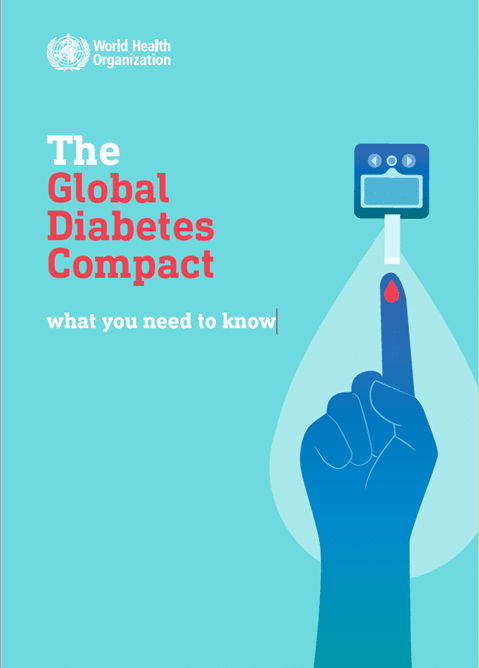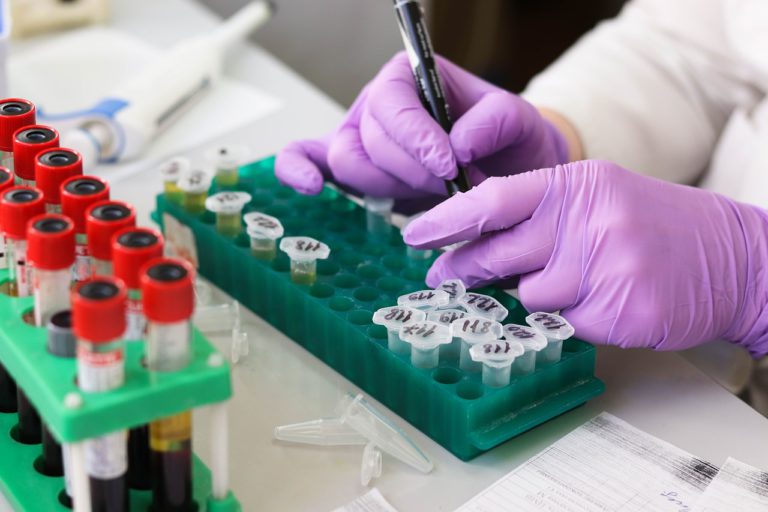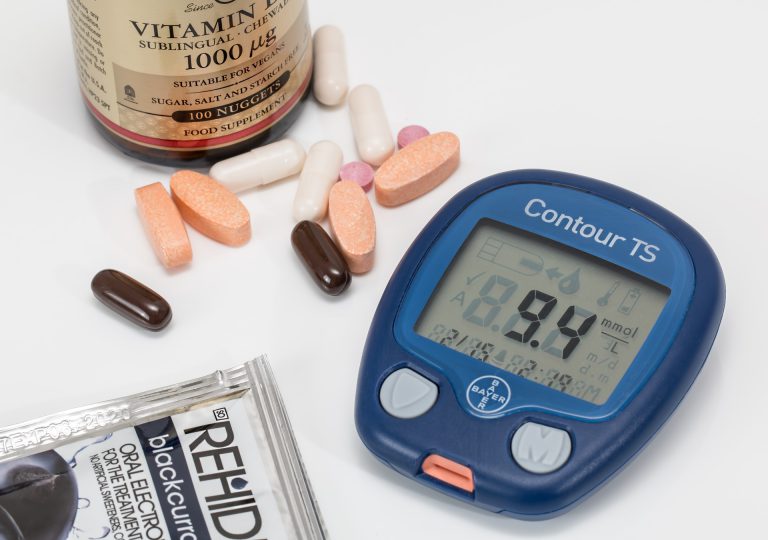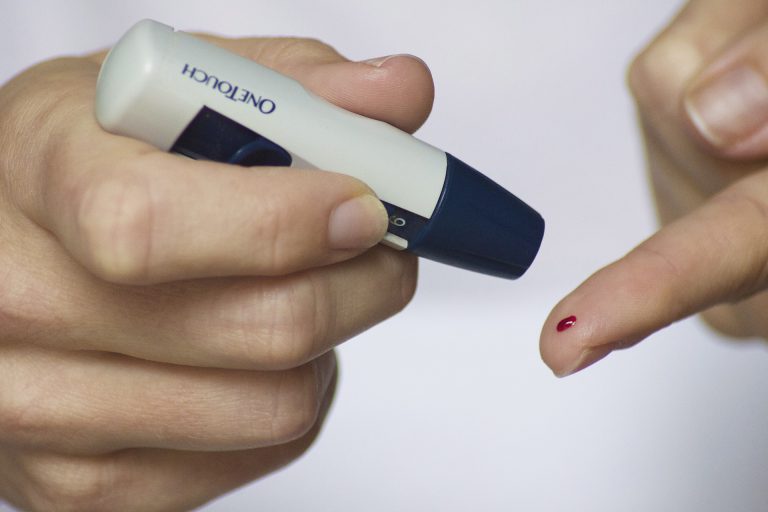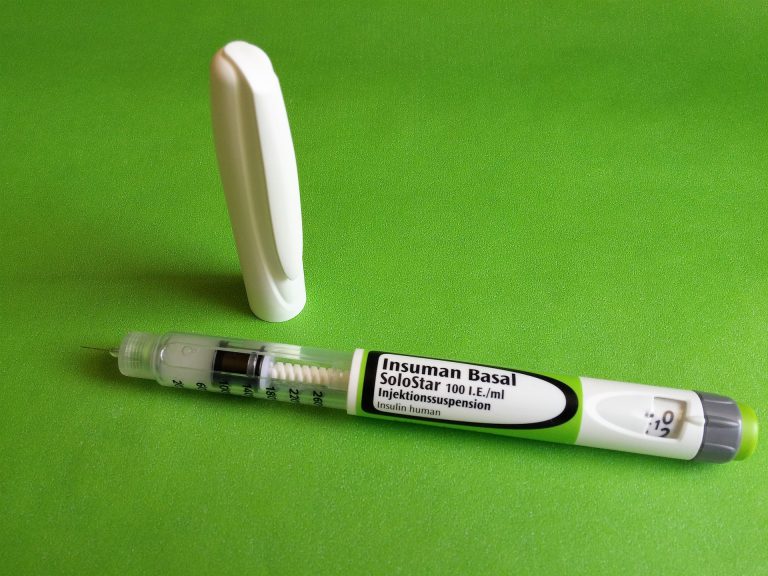Will the ‘Global Diabetes Compact’ bring a brighter future for people with diabetes?
Today marks the launch of the ´Global Diabetes Compact’. The noble initiative was launched by the World Health Organization (WHO), in collaboration with the diabetes community.
The goal is to move forward the diabetes agenda and support countries offering early diagnosis, treatment and care to everyone living with diabetes.
The initiative focuses on prevention, improved access to diabetes drugs and wider availability of diabetes related technologies. Another key component is to raise awareness, as many people are not aware that they have diabetes, until it is too late.
This week’s push brings together leaders in government, business, and society, to make commitments to people living with diabetes. They will pledge to enhance access to affordable health services, medicine and diabetes treatment.
The next milestone will be a second high-level meeting at the United Nations on Universal Health Coverage in 2023. A subsequent high-level meeting on Non-Communicable Diseases (NCDs) will be held in 2025.
Diabetes in numbers
The number of people living with diabetes has almost quadrupled in the last 30 years. According to the International Diabetes Federation, the global diabetic population is expected to exceed 700 million by 2045.
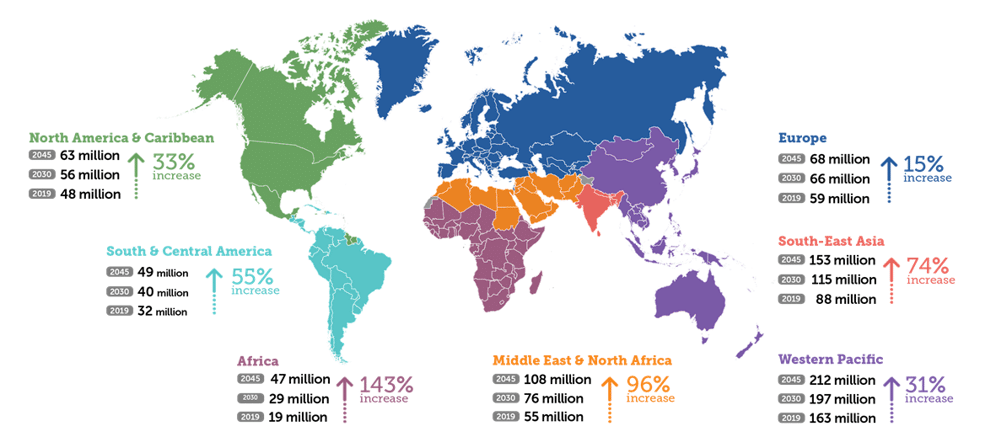
Diabetes is a complex disease that is on the WHO’s list of top 10 causes of death. It is also known to cause strokes, blindness, heart attacks, kidney failure and lead to amputation.
One in five people with diabetes are above 65 years old. Around 79% of the global diabetic population lives in low- and middle-income countries. It is estimated that 10% of global health expenditures, or USD 760 billion, is spent on diabetes related care.
70% of participants living with diabetes
Earlier this year, over 120 individuals from every corner of the globe took part in a three-day online conference organised by the World Health Organization to discuss the ‘Global Diabetes Compact’. Most of the participants were people living with diabetes, both type 1 and type 2.
The WHO has indicated that they´ll continue to encourage the diabetic population to be actively involved in the development and implementation of the Compact. According to Emma Doble, one of the participants, the WHO representatives emphasized the importance of partnering with the diabetes community, to hear their perspectives and focus on co-creation when taking the initiative forward.
What will the Global Diabetes Compact bring?
But what’s the expected outcome of this initiative? UN Secretary-General António Guterres recently stated that the “Global Diabetes Compact will bring structure and coherence to our complementary efforts to reduce the burden of diabetes”.
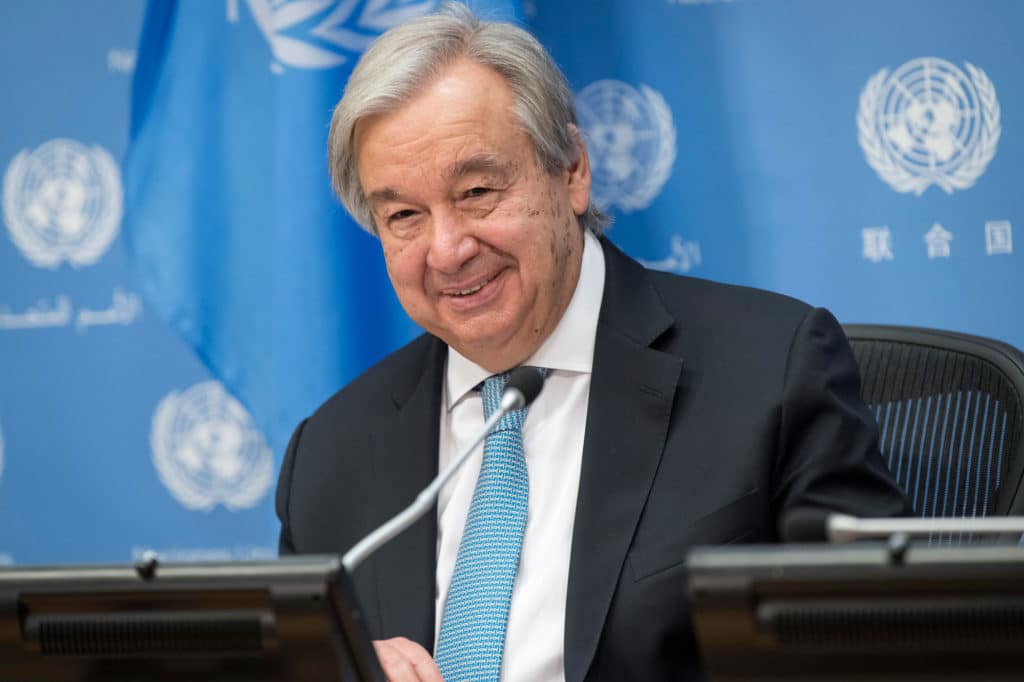
The Compact aims to build partnerships between governments, care providers, patient advocates and NGOs, to move forward the diabetes agenda. It represents an opportunity to mobilize resources and accelerate structural transformation.
The objectives of the Compact are manifold. It aims to reduce major diabetes risk factors through population-based policy and fiscal measures. It will scale-up access to essential diabetes medicines, including insulin and associated devices. It also includes diagnosis and treatment of diabetes as part of primary health services and Universal Health Coverage benefit packages.
Increased access to insulin
The Global Diabetes Compact is commemorated on April 14th in honor of the 100th anniversary of the discovery of insulin by Frederik Banting. The historic breakthrough, at the University of Toronto, in late 1921, was even then hailed as a miracle, with the potential to save millions of lives.
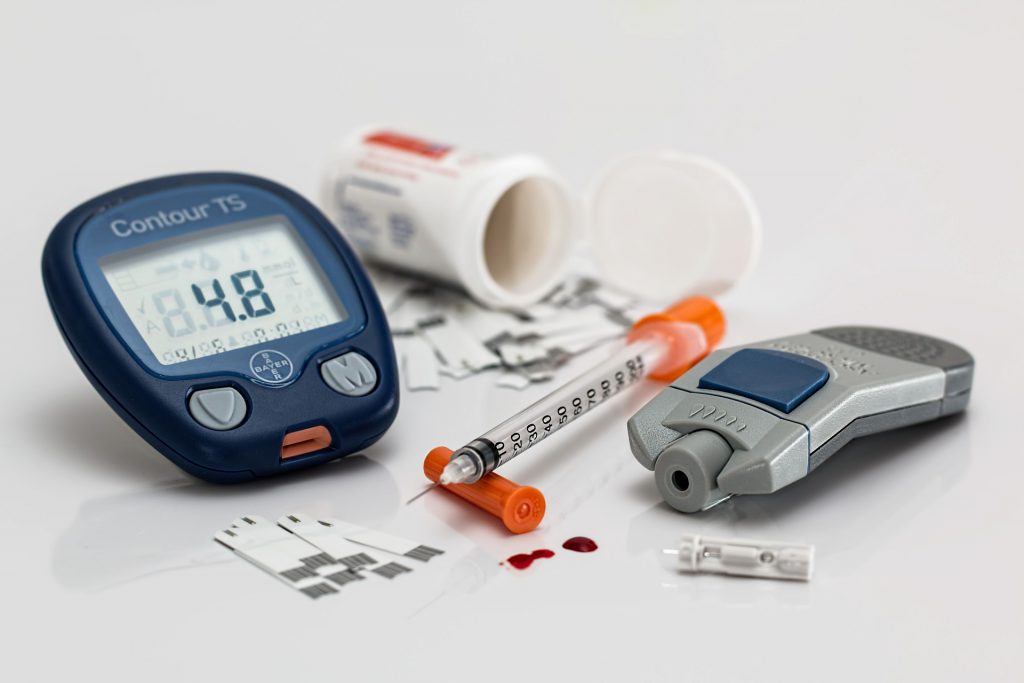
One of the key components of the Compact is to increase access to insulin around the world. As we´ve covered in previous blogs, several studies suggest that millions of people do not have reliable access, meaning either they can’t afford insulin or it’s not available.
Insulin prices have risen dramatically in recent years. According to a 2018 survey, almost half of people with type 1 diabetes have temporarily skipped taking their insulin. In addition, in low- and middle-income countries, human insulin is not available in 39% of health facilities. Analogue insulin is not available in 87%.
The goal of the ´Global Diabetes Compact´ is to make insulin more widely available and affordable. This will hopefully result in more people getting the medication they need to survive.
COVID-19 and diabetes
The initiative is launched in the middle of the COVID-19 outbreak. Living with diabetes during COVID-19 has proven to be particularly challenging.
People with diabetes are more vulnerable to becoming severely ill or dying from COVID-19. When people with diabetes develop a viral infection, it can be harder to treat due to fluctuations in blood glucose levels and, possibly, the presence of diabetes complications.
This could be because the immune system is compromised (likely leading to a longer recovery period) and because the virus may thrive in an environment of elevated blood glucose.
Another issue is the suspension of healthcare services in many countries due to COVID-19 lockdown. According to the WHO, around 50% of countries have reported disruption of services to treat diabetes and its complications due to COVID-19.
This has led to delayed, incomplete or interrupted therapy, amidst a tsunami of cases. Sadly, we can expect long-lasting impacts from the COVID-19 outbreak on healthcare systems around the world.
Key recommendations – lose weight, exercise more, don´t smoke!
The ‘Global Diabetes Compact’ is a response to the increased burden of diabetes worldwide. The Compact puts forward several recommendations on how to improve the lives of people with diabetes.
The Compact recommends ways to strengthen the prevention of diabetes around the world. Among focus areas is reduction of childhood obesity, increased level of physical activities and decline in tobacco use.
Other recommendations are centered around early detection and treatment of diabetes. This includes increasing access to insulin around the world. It is also recommended that surveillance of diabetes in countries be strengthened.
Special emphasis will be placed on reaching the lowest household income quintile. This includes those who are vulnerable or in vulnerable situations, and those who are in marginalized segments of the population.
Conclusion
The expected outcome of the initiative is increased capacity of health systems to detect, diagnose and manage diabetes. Governments are encouraged to scale-up preventative efforts and meet people´s healthcare needs in a more holistic way.
The ‘Global Diabetes Compact’ champions a renewed global diabetes movement. It calls for governments, care providers and patients to identify meaningful ways to mobilize countries to develop and implement programmes to prevent and support diabetes management.
It is clear that we need to create a new model that is based on putting people living with diabetes first. A model that unites all stakeholders around a common agenda. The call to action has never been more urgent.

